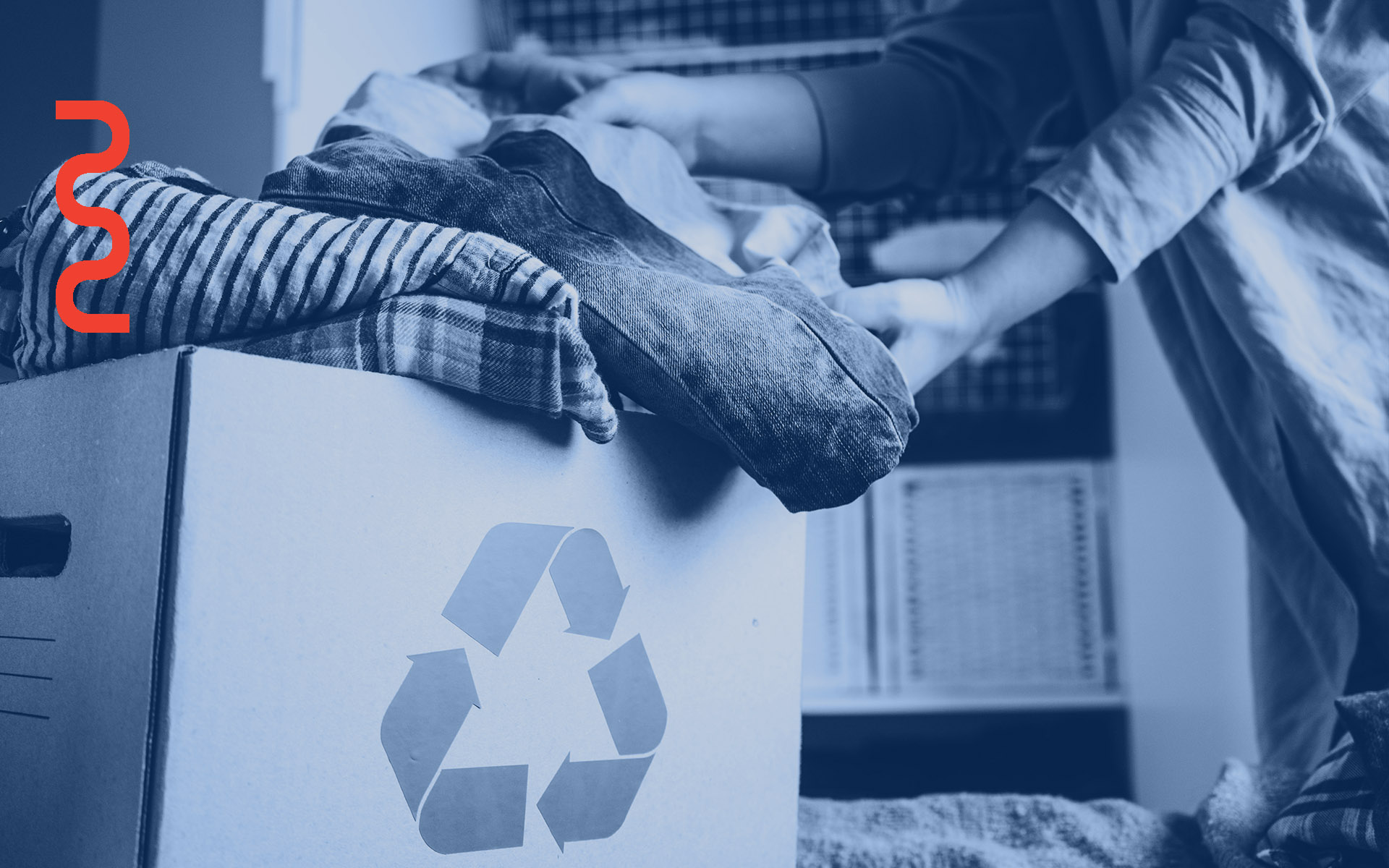Why the term “social distancing” sets the wrong tone and how we can do better together
Social distancing is on everyone’s lips and is well on its way to becoming the phrase of the year. The practices recommended under the social distancing banner offer our best chance to slow the progress of the COVID-19 virus and reduce the impact of this pandemic. However, the term itself, “social distancing,” is the wrong one and sends the wrong message.
As a sociologist and a scholar of inequality, I have long been concerned about our widening social divisions. The gaps between urban and rural communities, the rich and the poor, and across political viewpoints defines the landscape upon which the COVID-19 virus is now spreading.
A further concern stems from my research on the growing instability of work and careers over recent decades, which has fostered a feeling of uncertainty and insecurity, especially among low-income workers. The pandemic is both widening our social gaps and ramping up our economic insecurity, and the constant reminder to practice social distancing is only exacerbating these problems.
To be clear, the practices put forth under the label of social distancing are necessary and it is imperative that we follow them while encouraging others to do so. My issue is not with the practices but rather with the term. The virus is spreading because of spatial—not social—proximity. The virus spreads through contact with another person or via high-touch surfaces. To slow the virus, we need to keep people physically separated and disinfect objects. But the idea that this requires social distancing is both short-sighted and problematic.
Creativity as a unitive power
It is true that social events can be the source of unsafe spatial proximity, and that spatial distancing rules out many of our common avenues for socializing including restaurants and in-person events. This spatial distancing, however, does not necessarily require social distancing. We should instead capitalize on the situation and use our creativity to deepen our social connections and mend our social and economic fabric.
We are often so wrapped up in our own everyday world that we tend to lose touch with those who are spatially distant. As many of the usual functions of our daily lives grind to a halt, we can take this moment to rekindle lost connections.
My father is currently confined to his room in a nursing home with no visitors or even contact with the other residents. Our plan for the next few weeks is to look through his contact list and call two or three people each day that he hasn’t spoken to in a while, many of whom have completely slipped out of his regular social circle. Inspired by this, I am also reaching out and arranging virtual reunions with groups of people that I have not seen for over 15 years.
With our avenues for local social interactions cut off, we can also take this opportunity to broaden our social horizons. An avid knitter, I participate in a weekly local knitting group. With that option now removed, I organized a virtual knitting group over the weekend that joined strangers across continents and opened opportunities for individuals with disabilities and knitters in remote locations who had never before had the ability to knit with others.
We are also seeing creative solutions that address the economic inequalities and insecurities caused by the pandemic. Vermont recently announced that it is closing its schools but will continue to employ bus drivers to deliver food to families in the region who rely on the free meals typically served at school.
We should continue to look for similar creative ways to employ individuals whose livelihoods have been undermined by our need to be spatially distant. Even though we remain at home, we continue to require goods, services and entertainment, and we have an obligation to look out for the most vulnerable members of our society. Spatial isolation cannot and should not require us to put everything on hold. Instead, it challenges us to rethink and reinvent what it means to lead socially and economically vibrant lives in this new context.
A challenge that opens new horizons
The horrifying global nature of the pandemic means that the world is facing this threat together. It gives us a common purpose and a common understanding.
While governments are understandably focused on the practical realities of addressing this crisis, they should recognize that their impact comes not just through actions but also by setting the tone. They should promote our shared responsibility to protect and address the needs of vulnerable people, calling on each of us to look out for both our neighbors and distant strangers. Further, governments should be asking for our help. This would not be a sign of weakness, but would serve rather as an avenue out of helplessness and despair while generating needed ideas and actions.
The constant use of the term “social distancing” prompts us to retreat inward and heightens our insecurities. Instead, we should be encouraged to open ourselves even more to the world, finding new purpose and meaning by drawing on our collective creativity, and working together (while remaining spatially separated) to address the unprecedented challenges of the moment.
I am certainly worried about what is to come both for my family and for the world, and yet the small steps that I have already taken to maintain and strengthen the social fabric around me have given me energy and hope even though, by all physical measures, I have been utterly and completely alone this past week. The positive impacts of my small activities will last even after this crisis ends.
If we stop talking about social distancing and instead turn our attention to social reinvention and social reconnection, the world has an opportunity to emerge stronger and better equipped to face the future challenges that will confront us.














